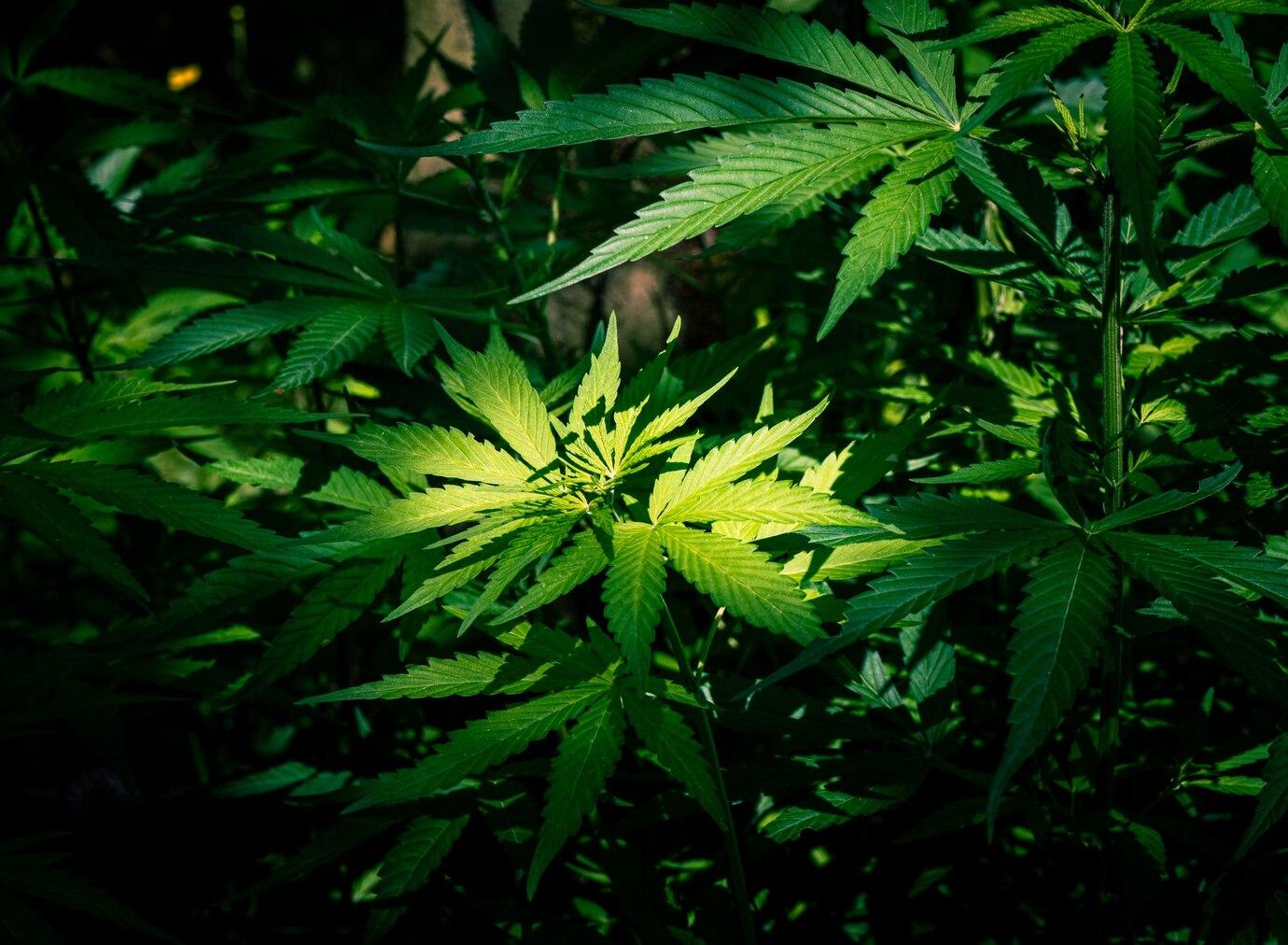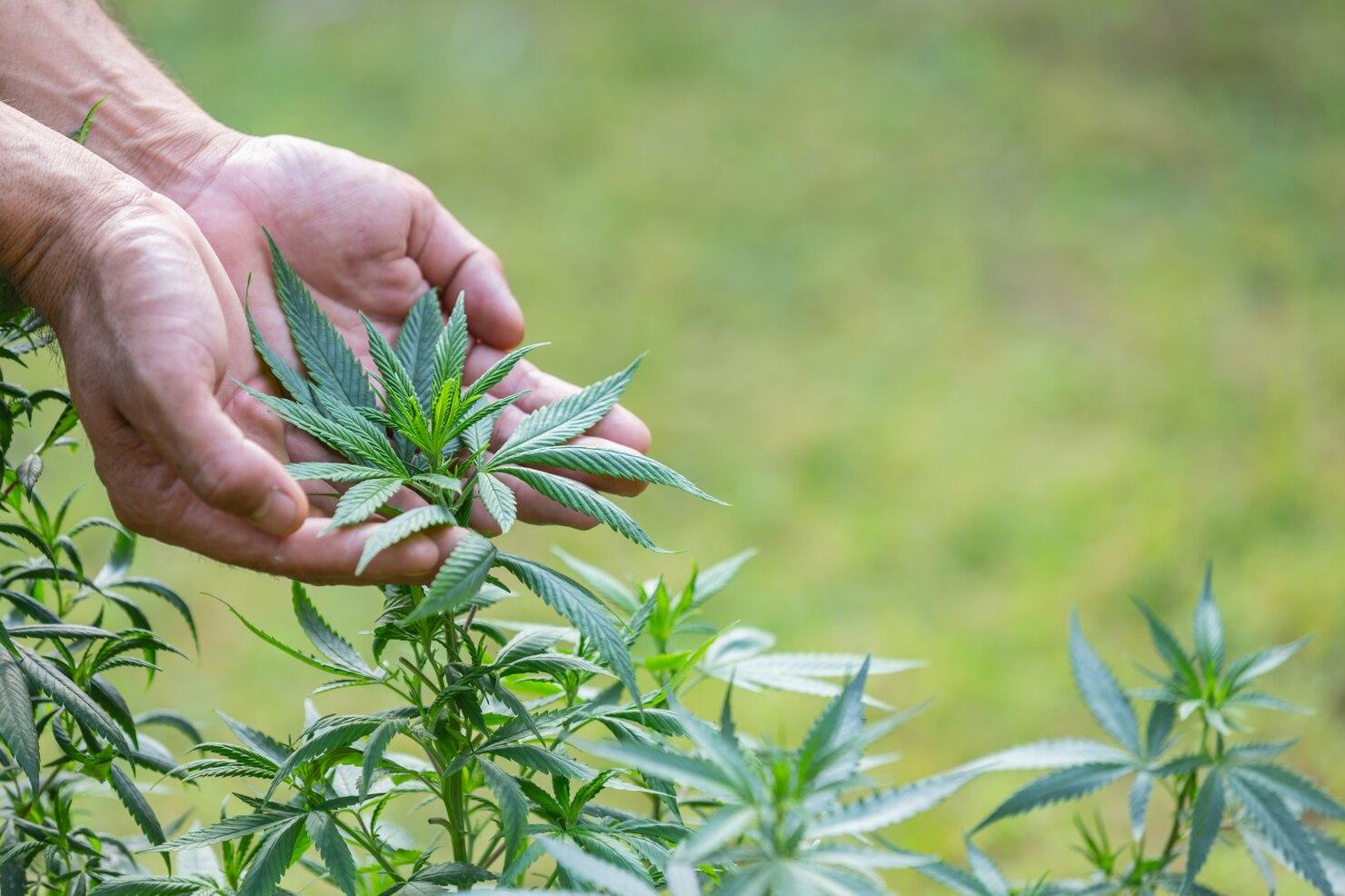
A Guide to the Industrial Hemp Extraction Process
3/19/2024
Innovation & Production
Contents
Industrial Hemp Cultivation
Harvesting and Drying
Extraction Methods
Decarboxylation Process
Winterization and Filtration
Distillation
Isolation of Cannabinoids
Quality Control and Testing
Product Formulation and Applications
Industry Challenges and Future Trends
Extraction Understood
Are you ready to explore the labyrinth of the industrial hemp extraction process? Science and nature intertwine to unlock versatile possibilities.
There are multiple uses for hemp. These include textiles and medicine. The crop is rising in prominence. Before we can unlock the treasure trove of uses, we need to understand how to harness the power of hemp.
Below, we delve into the alchemy of the various techniques available. We discuss aspects like cannabinoids, quality control, and potential challenges. Join us as we demystify the industry.
Industrial Hemp Cultivation
What is industrial hemp? It’s a form of cannabis sativa L. The crop is versatile and sustainable. It has sturdy fibers which are utilized in various industries. The seeds also have many uses. They undergo rigorous processes. Examples of uses include:
- Textile
- Food and beverages
- Wellness supplements
- Personal care products
- Construction materials
Before cultivation begins, growers must select the right hemp cultivars. Some considerations include climate, and day length in the region. The available soil type is another factor. Aspects like the growing season, fiber varieties, and pest resistance are also essential.
Industrial hemp used for vehicles, rope, textiles, and insulation comes from bast fibers. The other prominent hemp type is called hurd. This variety is best suited for making paper and animal bedding.
Hemp cultivation involves planting the crops in high-quality soil, with optimal spacing for growth. The plants need plenty of sunlight and have a short growth cycle of 3–4 months.
During this period it undergoes four growth stages. These are germination, seedling, vegetative growth, and flowering. Hemp cultivation is sustainable. It requires minimal pesticides and fertilizers.
Hemp farming uses less water than other options and flourishes in various climates. The crops have a deep root system which helps prevent soil erosion. The system also aerates the soil.
Each part of the hemp plant has a use. The most popular of these is the fibers and seeds.
These plants are resilient. They thrive in environments where there’s ample light and moderate humidity. The soil quality should be good. A loamy variety is best. It offers the best balance between drainage and aeration.
One essential aspect of the industrial hemp extraction process is harvesting. Getting the timing right is vital for getting optimal quality hemp.

Harvesting and Drying
Hemp has many uses. The ideal time to harvest these crops depends on what the intended purpose is. In the case of collecting the fibers, it’s best to wait until the plants have reached their maximum height.
During this stage, the lower leaves typically turn yellow. Harvesting the crops at this stage, gets you strong, quality fibers.
There are various options for harvesting hemp. The process also requires certain equipment. The most common method is called cutting and bundling. It involves cutting the hemp stalks at the base.
This allows the farmer to harvest the whole plant. They are then bundled into manageable sizes. The plants then undergo drying and further processing.
Some hemp harvesting options are required. The method entails removing the leaves and flowers. Another technique is resting. It’s when farmers expose the stalks to moisture. It breaks down the outer fibers to separate them from the woody core.
Mechanical harvesting is currently more popular than hand harvesting. However, the latter offers better control over the quality of the crop.
After harvesting, drying is a crucial step in the industrial hemp extraction process. It ensures the preservation of cannabinoids. Drying also prevents mold from forming. There are multiple drying techniques. Each of these has its benefits and drawbacks.
The traditional option is air drying. Farmers hang the harvested hemp and allow natural airflow to evaporate the moisture. The technique requires a well-ventilated space.
It’s cost-effective, straightforward, and accessible to most growers. The main drawback of air drying is that it can be slow, especially in humid regions.
Mechanical drying is the most common option. It utilizes specialized equipment to expedite the process. Growers have better control over the humidity levels and temperature. Drying is faster and more consistent with this technique.
The initial investment in equipment can be quite steep, making it a disadvantage. Some growers combine air drying and mechanical techniques. The combination is called hybrid drying.
Extraction Methods
There are various methods for the industrial hemp extraction process. Most options fit into two categories, solvent extraction and non-solvent-based extraction.
The techniques of the former involve solvents. These dissolve cannabinoids and other compounds from the plant. Examples include ethanol, propane, and butane.
A common solvent for extraction is ethanol. It has a highly efficient solubility level. It’s a safer option than hydrocarbon methods. It’s also less explosive than carbon dioxide and quite versatile.
The method entails using food-grade ethanol to dissolve cannabinoids and other compounds. The technique yields high-quality extracts. However, there is the risk of extracting unwanted compounds like chlorophyll.
Carbon dioxide extraction is another popular technique. Many revere it as the cleanest and most effective option. It uses pressurized CO2 to extract cannabinoids. It doesn’t leave any harmful residues behind.
The method offers complete control over pressure and temperature. Using this option for extraction results in top-quality extracts with minimal degradation of the compounds. The main drawback is that the initial setup is quite expensive.
Hydrocarbons offer another option for extraction. Solvents in this category include butane, propane, and hexene. It’s a cost-effective option that yields potent extracts. The main consideration for this technique is the higher risk of residual solvent contamination.
There are also some rigorous post-processing steps required with this method.
There are also certain non-solvent-based methods for the industrial hemp extraction process. The rosin-pressed option involves applying heat and pressure to the crops. It results in pure, chemical-free products.
The technique is straightforward and best suited to small-scale operations. The main disadvantage is that it yields smaller concentrations of cannabinoids. Other methods of extraction used less commonly include:
- Vegetable oils as solvents
- Cold press
- Ice water extraction
- Hand pressed
Decarboxylation Process
Fully unlocking the potential of cannabinoids requires decarboxylation. It’s the process whereby heat gets applied to the harvested hemp. The result is a chemical reaction that converts certain compounds to their active forms.
They then become bioavailable and produce certain effects when consumed. Decarboxylation also impacts the potency of the final product.
There are multiple ways to decarboxylate hemp. The most popular are:
- Oven decarboxylation
- Sous vide method
- Microwave decarboxylation
- Decarboxylation machines
- Small-scale DIY methods
Winterization and Filtration
A crucial step in the industrial hemp extraction process is winterization. It involves dissolving the crude hemp extract in a solvent and then chilling it. The process removes fats, lipids, and other unwanted compounds from the extracts.
It’s a necessary step for obtaining higher-quality cannabinoids. After the winterization process, the extract undergoes filtration. The aim is to remove precipitated impurities and create a refined product.
There are several types of filtration media. Examples include:
- Depth filtration: The option uses porous filtration media to trap particles and impurities. Examples include cellulose or diatomaceous earth.
- Membrane filtration: The method involves using membranes with specific pore sizes. The objective is to selectively separate particles based on their size.
- Activated carbon filtration: The technique uses activated carbon particles to adsorb organic compounds. It also helps remove any pigments and odors that are present in the extract.
Distillation
After the filtration process, the next step in refining hemp products is distillation. It plays four vital roles. These are:
- Purification: Distillation separates cannabinoids and other desired compounds from unwanted impurities.
- Concentration: Once the unwanted impurities are removed, the extract becomes more potent and concentrated.
- Customization: Some experts prefer using fractional distillation techniques. Through distillation, they can customize the profile to meet the market requirements.
- Consistency: Distillation helps produce consistent quality extract batch after batch.
Isolation of Cannabinoids
Isolating specific cannabinoids from hemp requires skill and finesse. There are a few options available.

Chromatography is one method. It works by passing the hemp extract through a medium. In some cases, it’s a column filled with a specific material. Depending on their chemical properties, the compounds interact differently with the material. This is how they separate.
Fractional distillation is another technique. It relies on the fact that different compounds have different boiling points. Experts heat the extract in a special apparatus.
As the temperature rises, the cannabinoids with lower boiling points vaporize. They then condense into separate fractions.
Another option is crystallization. The process starts with the dissolving of hemp extract in a suitable solvent. Technicians then manipulate the temperature and solvent concentration.
The result is that the cannabinoid molecules arrange themselves into crystalline structures. These are easy to separate from the solution.
Various industries require isolated cannabinoids. Some of these are:
- Pharmaceuticals
- Health products
- Cosmetics
- Food and beverages
- Textiles and materials
It’s important to keep in mind the regulatory standards in each industry. These may include rules set out by authorities like the FDA and GMP.
It’s also essential to adhere to local laws regarding specific cannabinoids. Compounds like THC have strict regulations and limits on permissible concentrations. The laws regarding these types of products are continuously changing.
Quality Control and Testing
Hemp extracts need to undergo rigorous testing throughout the process. It’s paramount to ensure safety and quality.
Testing helps identify and mitigate potential contaminants. Doing this at various stages of the process ensures that manufacturers can adhere to industry standards. It also helps manufacturers meet the predetermined quality specifications of the products.
In some cases, manufacturers leverage third-party testing services. This practice encourages objectivity and transparency. It also verifies the accuracy of the manufacturer’s claims. Third-party testing also ensures that the legal and industry standards are met.
Third-party testing also makes sure that consumers receive safe products with consistent levels of active compounds.
Product Formulation and Applications
Formulating hemp-derived products blends science and nature. The product range is vast. It includes tinctures, topicals, capsules, creams, and nutritional supplements.
Depending on the product, the appropriate extract gets blended with complimentary ingredients to enhance its effectiveness.
The ingredients enhance the cannabinoid by availability improving the absorption rate. The wide product range means that hemp can meet diverse consumer preferences.
Industry Challenges and Future Trends
The industrial hemp extraction process is ever-evolving. There are several challenges that the industry currently faces. One of these is ensuring consistent quality and potency. Maintaining this across batches is a hurdle due to the variability of hemp crops.
Another challenge is the regulatory uncertainty. The laws differ across regions making compliance a complex task.
One anticipated innovation in the industry is supercritical fluid extraction (SFE). The advancement is gaining traction as it takes an environmentally-friendly approach. Another emerging development is the innovation of modular and scalable systems.
These offer flexibility for small-scale producers, allowing them to maintain consistency and quality. The regulatory landscape will likely continue to evolve and technology-driven approaches will begin streamlining the extraction process.
Extraction Understood
When we take a closer look at the industrial hemp extraction process, it’s evident that both nature and science play a role. Each step is critical, from cultivation to filtration.
Manufacturers have to ensure top-quality procedures and testing during each stage.
There are various cannabinoid isolation methods, distillation processes, and winterization techniques. Each option comes with advantages and drawbacks.
Now that you know more about industrial hemp, why not try it yourself? Visit Materia Regenerative for premium hemp products.




